Kashan
Kashan is a city in the northern part of Isfahan province of Iran. This is a common destination for tourists due to its multiple historical sites after cities like Isfahan and Shiraz. It is a traditional city with many sites and surrounding attractive villages to discover. Kashan is divided into two parts including mountainous and desert. Kashan is cited in the neighbourhood of two of highest peaks of Karkas chain, Mount Gargash to the southwest of Kashan and Mount Ardehaal in the west of Kashan, also known as “Damavand of Kashan” and the highest peak of Ardehaal mountains, in the west side; and in the east side of the city, Kashan opens up to the central desert of Iran which the city is famous for. Kashan is also known for Maranjab Desert and Caravanserai located near the Salt Lake.

Kashan is a charming city due to its contrast between the parched immensities of the deserts and the greenery of the oasis. Archeologists discovered that this region was one of the primary centers of civilization in pre-historic ages in the Sialk Hillocks lied about 4km west of Kashan.

Kashan was also a leisure vacation spot for Safavid Kings. Fin Garden, specifically, is one of the most famous gardens of Iran. This beautiful garden with its pool and orchards was designed for Shah Abbas I as a classical Persian vision of paradise.

Traditional houses especially, Tabatabaei, Borujerdi, Ameri and Abbasi house feature an incredible architecture, tile work and stucco.

Archeological finds yielded conclusive evidence of the fact that Kashan has been the cradle of many Iranian traditional crafts. Kashan maintained its great importance as a center of traditional industries throughout all historical periods. This town, as a city associated with high-quality ceramic production in the medieval period, appears to have been a major site for the manufacture of fine wares.

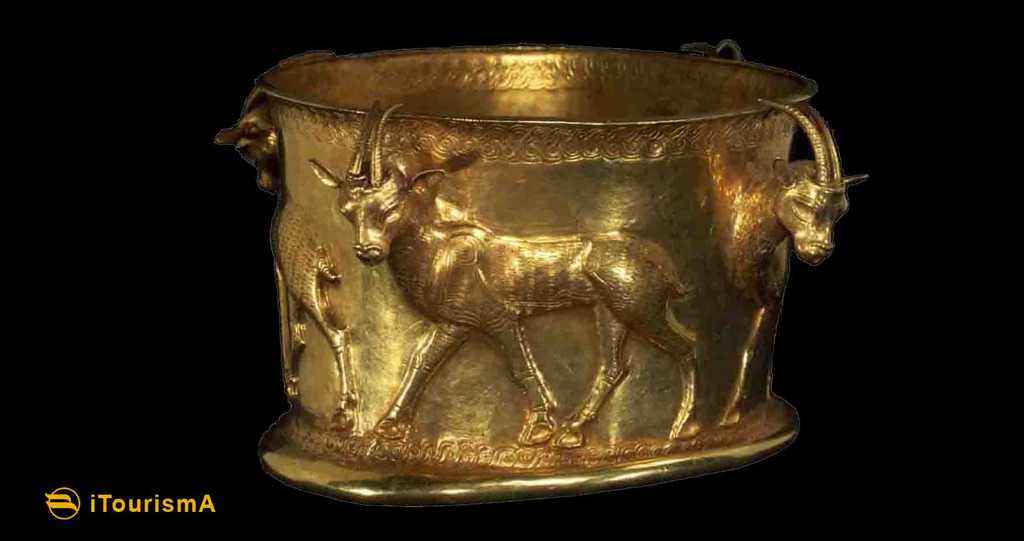












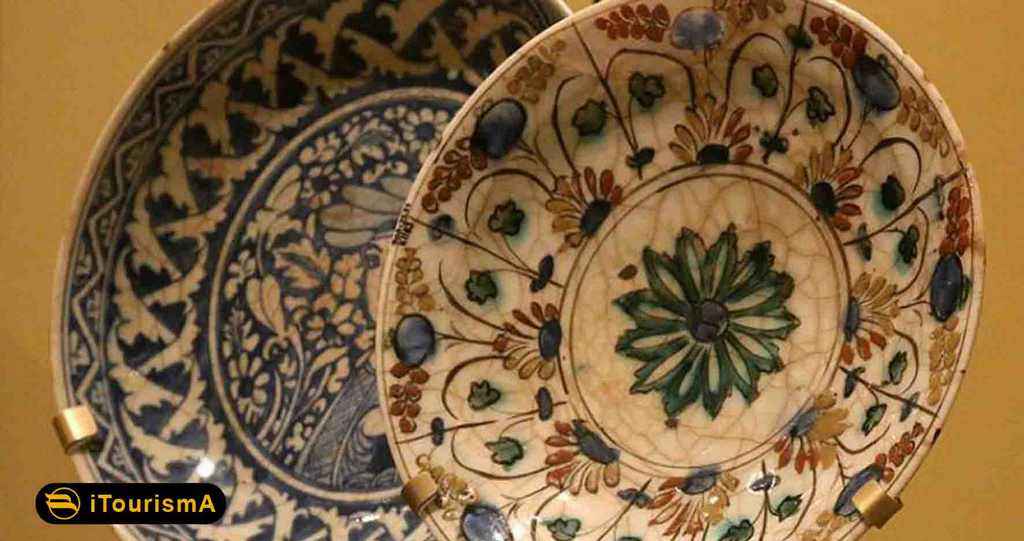





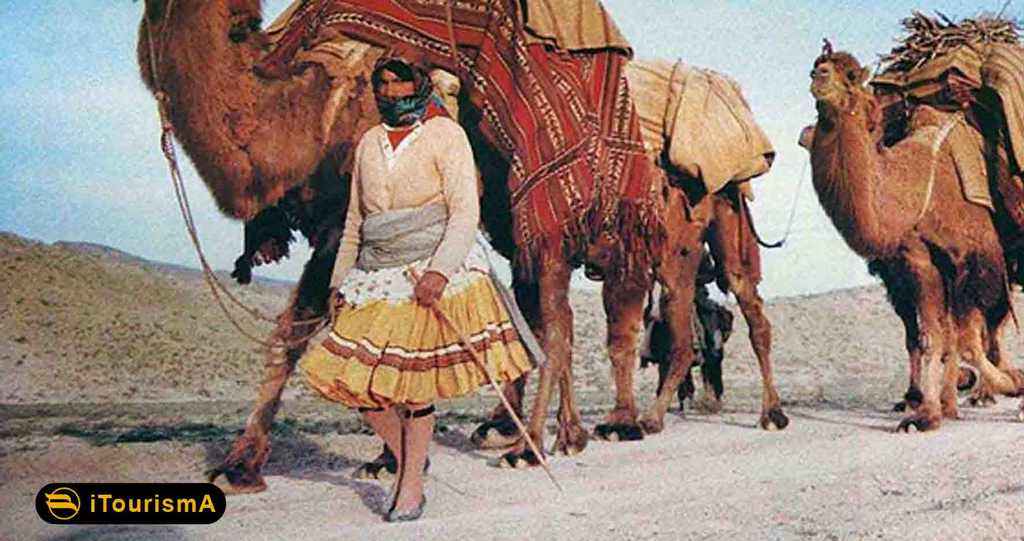



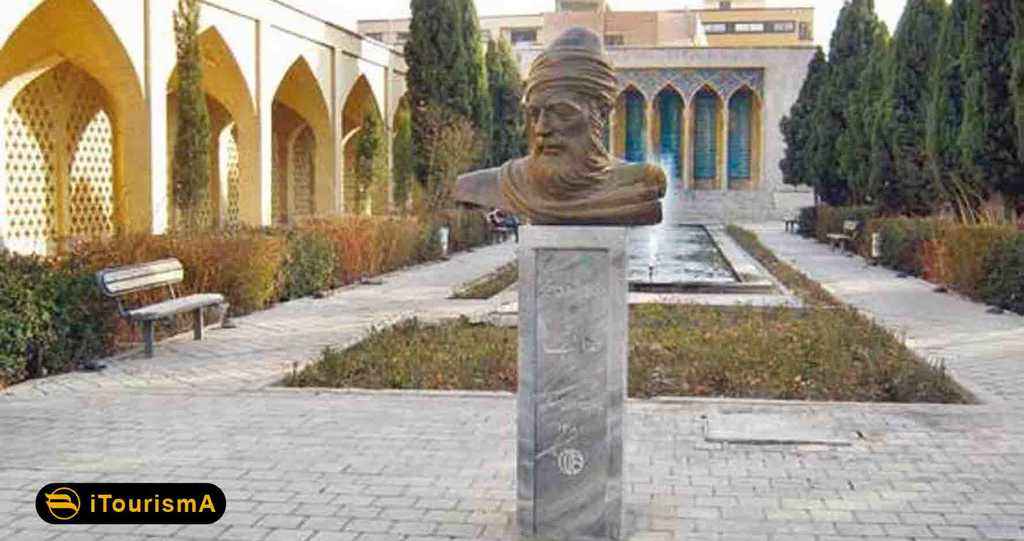
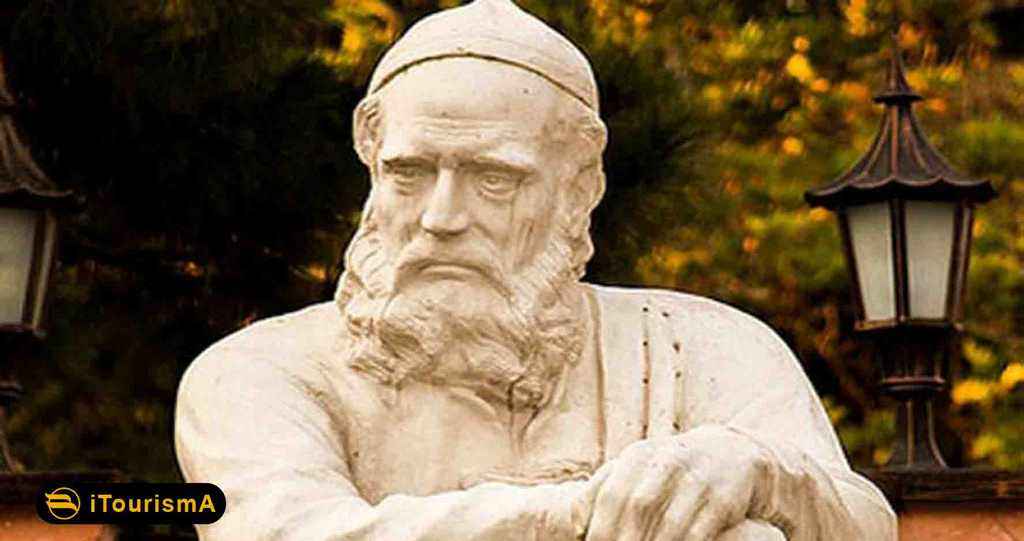


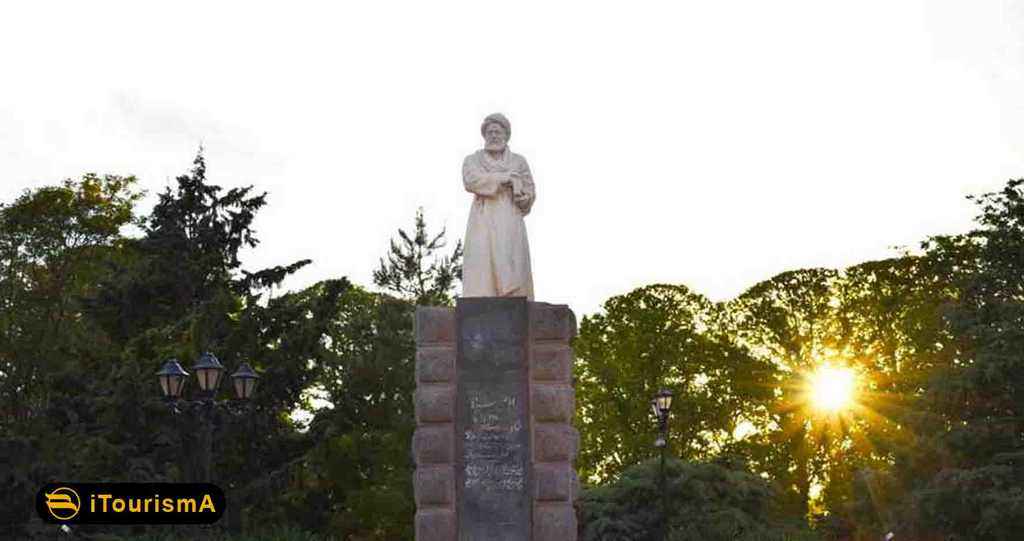
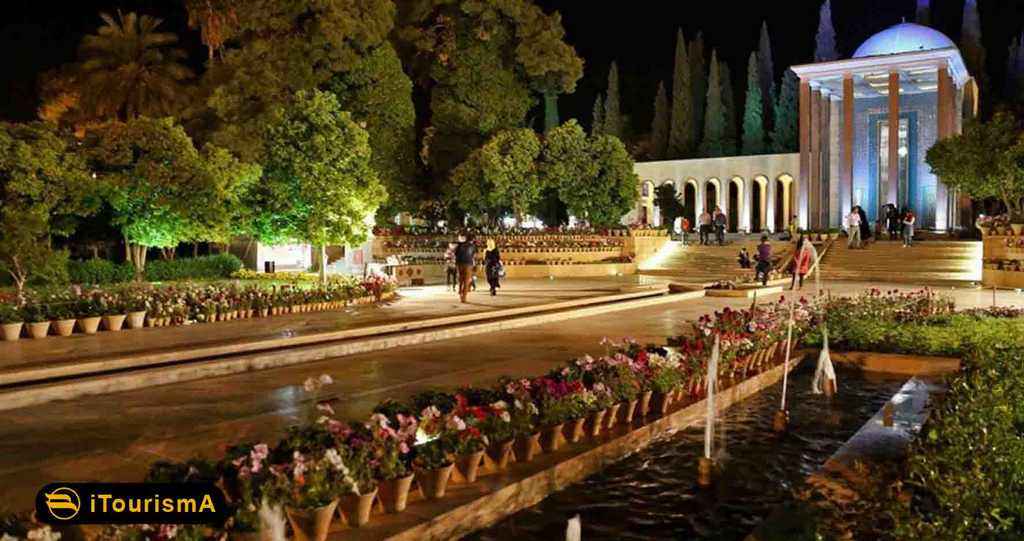
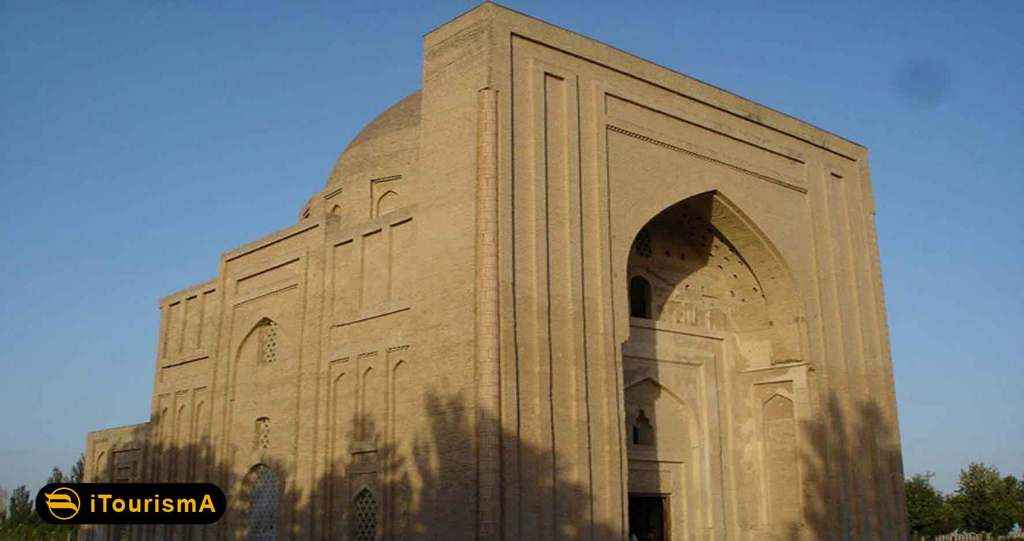

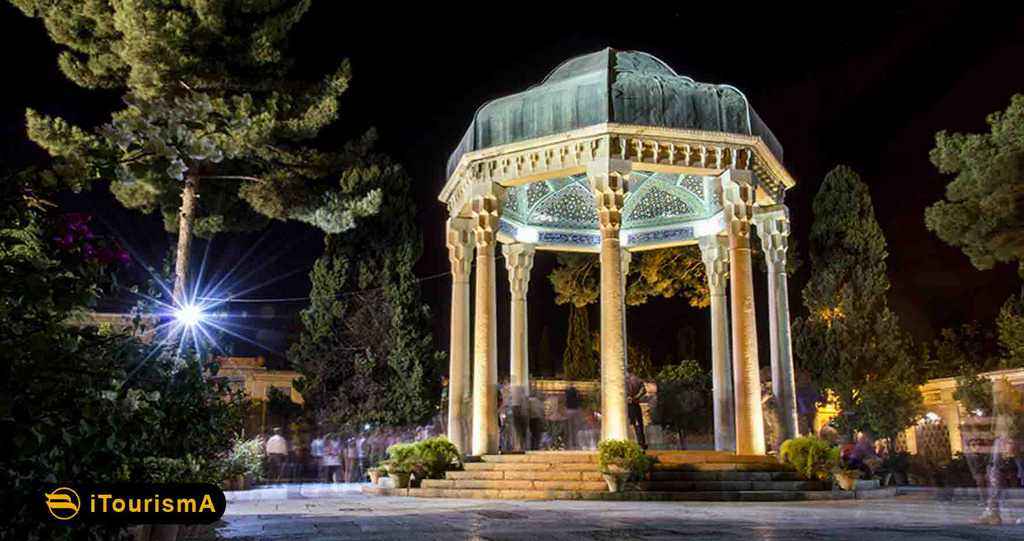





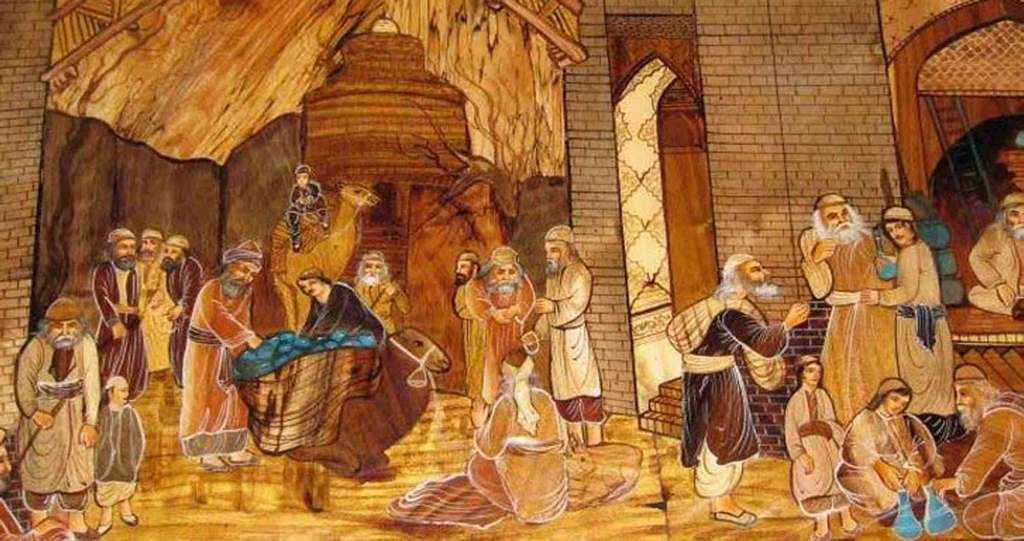
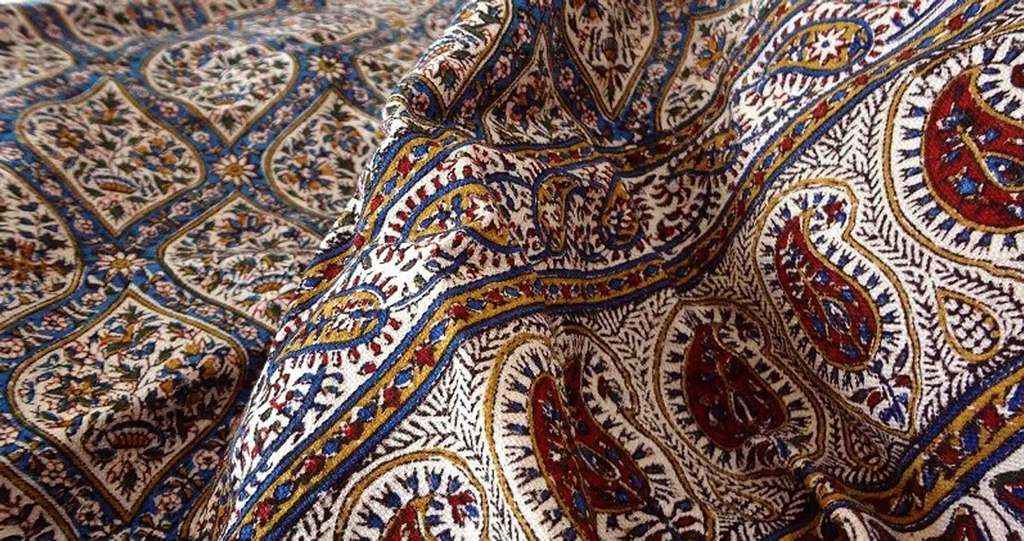

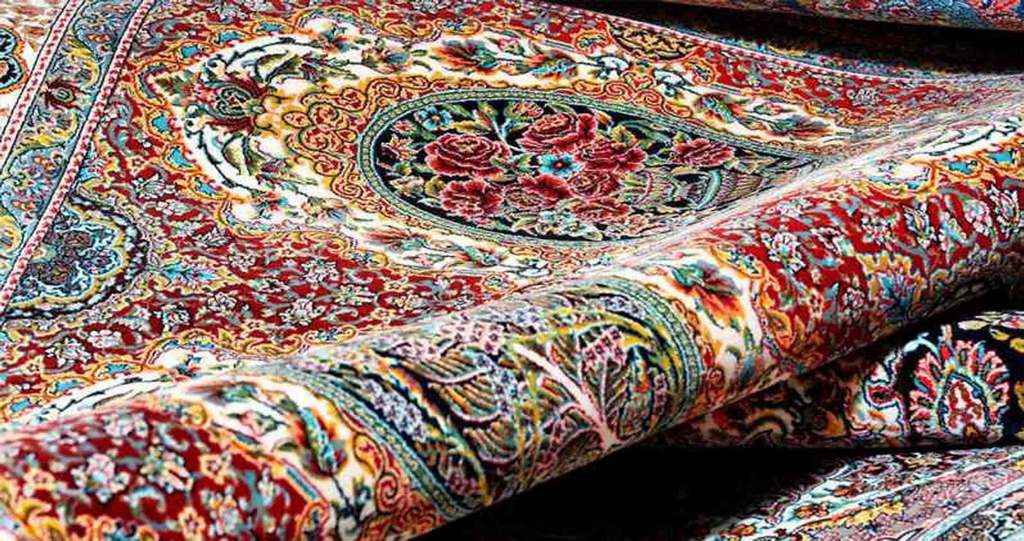
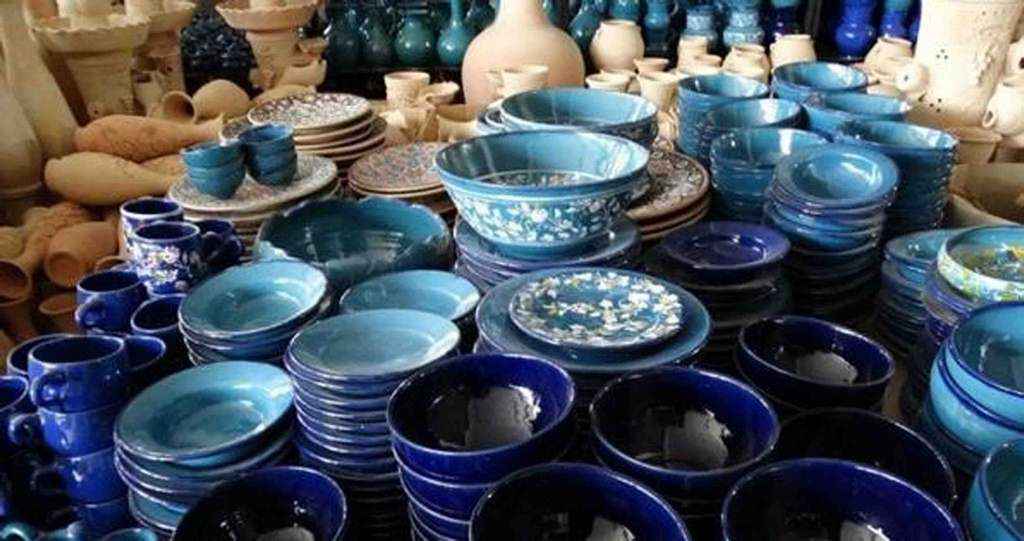





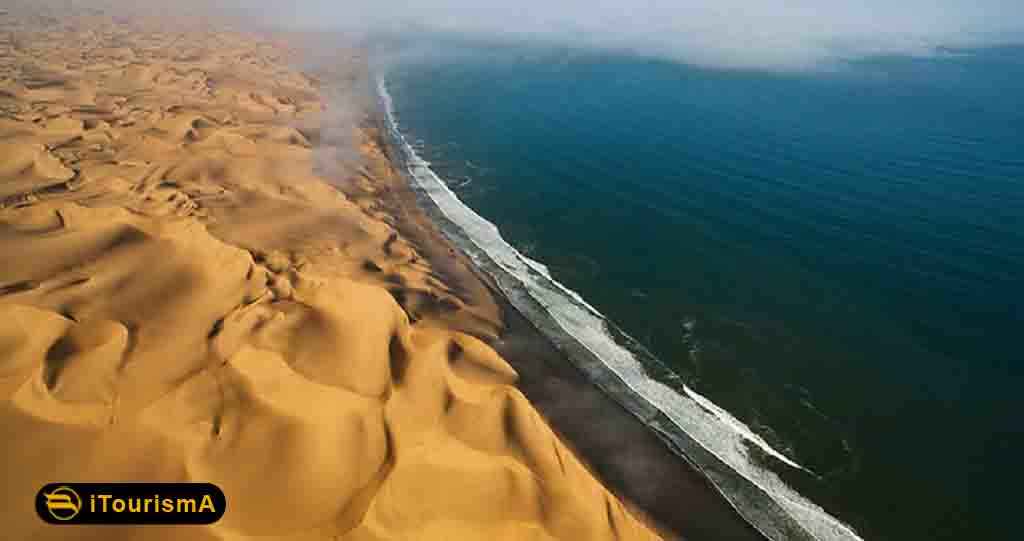

 iTourismA
iTourismA
 iTourismA
iTourismA